Situation of the French Semiconductor Market in Q2 2016
Paris, September 13, 2016 – As we predicted in the previous Press Release, although semiconductor manufacturers and suppliers in France managed to stay on course in the first quarter of 2016, the second half of the year saw a market downturn unfortunately in line with the general – and global – decline in the sector, with no sudden improvement in sight at least for this year.
For the second quarter of 2016, ACSIEL’s Semiconductor Club reports a decline of -4.5% and, in its analysis of the total market including sales to OEMs and distribution, estimates a decrease on the previous quarter of around the same order.
The breakdown of sales in France between the two channels of direct sales to OEMs and Distribution sales is 70.7% and 29.3% respectively; from one quarter to the next, we note a sequential decline in both direct and Distribution sales, even if for the latter we note a slight increase compared to Q2 2015.
By product family, Discretes and Sensors Actuators remain stable. Only Analog products have been growing steadily for over a year.
All market segments show a more or less significant decline compared to the previous quarter. Only the Automotive sector is holding its own, holding steady from one quarter to the next, and also posting an increase compared with Q3 and Q4 2015.
The three leading sectors remain, unsurprisingly and by market share, Automotive (39.6%), Industrial & Mil-Aero (32.5%) and Chips for Inserters (23.0%).
It should be noted, however, that while civil aeronautics and especially the military markets (fighter jets, drones, submarines, etc.) no longer need to demonstrate their many commercial successes thanks to French and European know-how, it is worth noting the growing importance of Industrial today and in the years to come.
Let’s not forget that the term Industrial encompasses a large number of markets corresponding to society’s new needs, and in which France, often innovative, has a good deal of expertise. A few examples: health conservation (medical), sustainable development, security, mobility, communication and data processing, but also energy consumption, and even more detailed: railway equipment, smart meters, heating and air conditioning, home automation, building automation, electronic robots, electronic lighting… and the list goes on.
![]()

